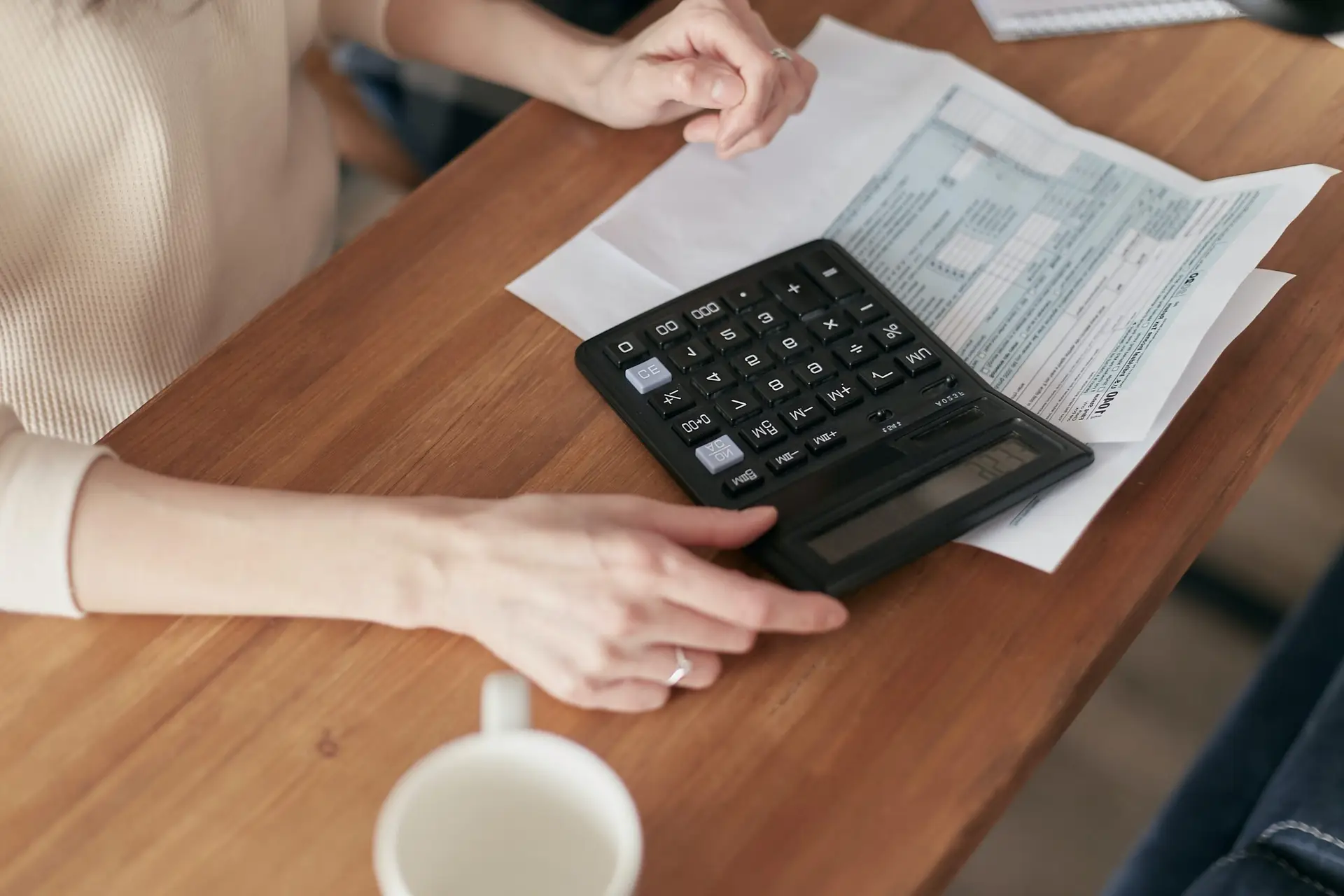INVOICING iNTERNATIONAL CLIENTS (VAT) - part I
This article is of informative character only.
For this article, we assume your business is based in an EU country.
Registering your company for VAT is obligatory provided your taxable sales exceed the threshold turnover set out in the legislation your company is residing in.
The obligation to register can be subject to other criteria such as whether your company obtains goods or services from abroad (other EU or non-EU countries) supplied by foreign VAT payers, your local annual threshold for acquisition VAT registration and whether your company sells services withing the B2B or B2C markets (check Article 196 EU VAT Directive).
Depending on the nature of the transactions, you can request a VAT identification number as a VAT payer or as an entity registered for the acquisition VAT also called a VAT identified person. The difference being a VAT payer is eligible to record the VAT paid (input) and charged (output) while a VAT identified person only declares and pays the VAT during a cross-border acquisition of goods and services and as such is not entitled to input tax deductions.
For the purpose of the VAT, it is crucial to determine the place of supply correctly.
Below, you will find two common scenarios of cross-border trade.
1. VAT payer supplying services to non-payer entities abroad (other than private individuals),
2. VAT payer supplying goods or services to other VAT registered businesses abroad.
HYPOTHESIS 1: you are a VAT payer supplying to non-payer entities abroad (other than private individuals):
The place of supply of a service often is the country of the customer (there are exceptions) meaning the VAT is payable in the customer’s country. Therefore, entities buying services from foreign suppliers do not have to be VAT payers per se however they might be obliged to register as a VAT identified person beforehand as it might be their responsibility to report and pay the tax from the services received by a foreign company in their home country. From the perspective of a supplier, you issue an invoice with the price of the service (without VAT) with a notice ‘reverse-charge VAT’. On the other end, the customer will declare and pay the tax to their local authorities using the local applicable rate.
You still should keep in check your annual (meaning a period of 12 months, doesn’t have to be a calendar year) turnover in these countries. As you approach the limit turnover set out by the local authorities, you might have the obligation to register your company for VAT there in addition to your home country.
Since 1st July 2021, however, you can opt in the simplified system: VAT OSS Scheme instead which allows you to manage the declaration of VAT on cross-border supplies with a single registration. In the case of distance sales of goods, the threshold of 10.000EUR applies across all EU Member States.
HYPOTHESIS 2: you are a VAT payer supplying goods or services to other VAT registered businesses abroad:
Again, the scenario will differ whether you supply goods or services as they do not necessarily have the same place of supply for the purpose of the tax. For example, if you, a Slovak company, deliver goods to a French company, the tax can still be payable in Slovakia if the place of supply is stated as the place where the transport of the goods started.
It is crucial to correctly determine the place of supply. If the place of supply which is to say the destination of the goods is set on to be in France, Slovak company issues invoice with the following clause ‘reverse-charge VAT’. French company would calculate the TVA using the local applicable rate and pay it to the local authorities. However, as we are speaking of two taxable entities both VAT payers, assuming the purchase is wholly related to commercial supplies, the amount will be recorded in both the input & output meaning this transaction will have a neutral impact for the French company. This mechanism is also known as self-taxation or self-accounting for VAT.
Slovak company will declare this trade in the correct line of the summary report, not in the control report.
Furthermore, the company must keep an eye on its annual (12 month) turnover in France for the purpose of registration, with the possibility of appointing a local fiscal representative in such obligation arises. Another option would be subscribing to the OSS Scheme as explained above.
FOR IN-DEPTH AND UP-TO-DATE INFORMATION, VISIT THE WEBSITES OF THE RESPECTIVE AUTHORITIES OR CONSULT A SPECIALIST.





